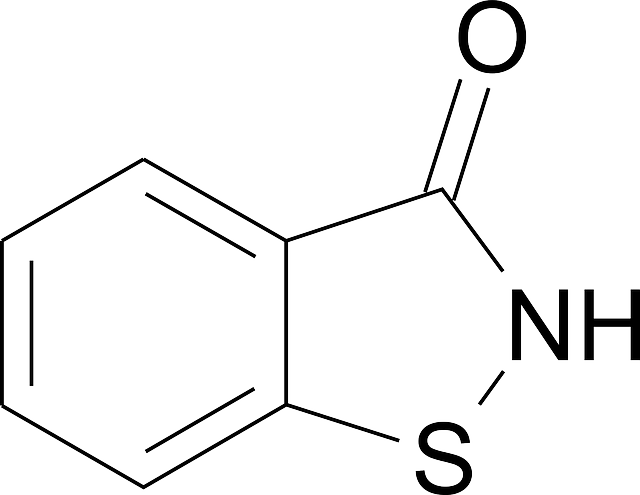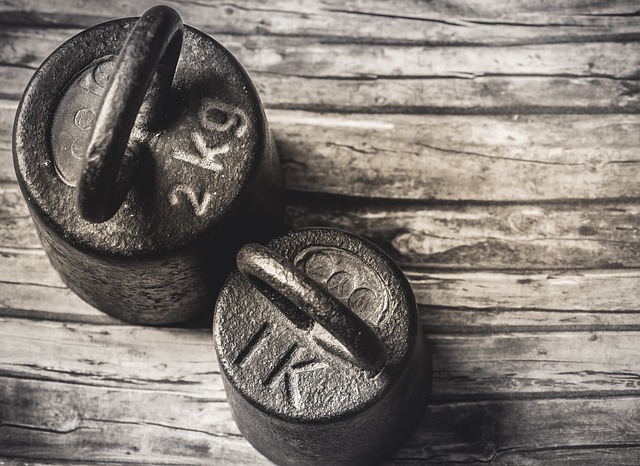Oxidation number is the total number of electrons that an atom either gains or loses in order to form a chemical bond with another atom. Each atom that participates in an oxidation-reduction reaction is assigned an oxidation number that reflects its ability to acquire, donate, or share electrons.
Oxidation numbers help us understand how electrons are distributed in a molecule or compound, It is used for analysing chemical reactions, especially redox reactions (reduction-oxidation reactions).

What Is an Oxidation Number?
An oxidation number is a numerical value assigned to an atom in a molecule or ion. It represents the hypothetical charge that an atom would have if all bonds were ionic, meaning electrons are completely transferred from one atom to another.
It is method to keep track of electrons during chemical reactions. By assigning oxidation numbers, chemists can identify which atoms gain electrons and which ones lose them.
Rules for Assigning Oxidation Numbers
To determine oxidation numbers, there are some simple rules to follow:
1.Elements in Their Natural State
Any element in its pure, uncombined state has an oxidation number of 0.
Examples: O₂, N₂, H₂, Cl₂, Fe (all = 0).
2. Monatomic Ions
For ions consisting of a single atom, the oxidation number equals the charge of the ion.
Examples: Na⁺ = +1, Cl⁻ = -1, Mg²⁺ = +2.
3. Oxygen
In most compounds, oxygen has an oxidation number of -2.
Exception: In peroxides (like H₂O₂), oxygen has an oxidation number of -1.
4. Hydrogen
In most compounds, hydrogen has an oxidation number of +1.
Exception: In metal hydrides (like NaH), hydrogen has an oxidation number of -1.
5. Fluorine and Other Halogens
Fluorine always has an oxidation number of -1 in compounds.
Other halogens (chlorine, bromine, iodine) generally have oxidation numbers of -1, unless they’re bonded to oxygen or other halogens.
6. Neutral Compounds
The sum of oxidation numbers in a neutral
compound is 0.7. Polyatomic Ions
The sum of oxidation numbers in a polyatomic ion equals the ion’s charge.
Example: For SO₄²⁻, the sum is -2.

Examples of Assigning Oxidation Numbers
Let’s apply these rules to some examples:
1.Water (H₂O)
Oxygen: -2 (Rule 3)
Hydrogen: +1 (Rule 4)
Total: 2(+1) + (-2) = 0 (Rule 6).
2. Carbon Dioxide (CO₂)
Oxygen: -2 (Rule 3)
Carbon: +4 (to balance the -4 from oxygen).
3. Sulfate Ion (SO₄²⁻)
Oxygen: -2 (Rule 3)
Sulfur: +6 (to balance the -8 from oxygen and achieve the ion’s charge of -2).
Why Are Oxidation Numbers Important?
Oxidation numbers are more than just numbers; they tell a theory about electron movement during a reaction.
Redox Reactions
In redox reactions, oxidation numbers help to identify what is oxidised (loses electrons) and what is reduced (gains electrons).
Balancing Chemical Equations
Oxidation numbers are essential for balancing redox reactions, ensuring that both mass and charge are conserved.
Predicting Chemical Behavior
By analysing oxidation states, chemists can predict how an element is likely to react in a given situation.
Describing Complex Compounds
Oxidation numbers help describe and classify compounds, especially those are transition metals.

Tips for Success
Memorise the common oxidation states of elements like hydrogen, oxygen, and halogens.
Practice with different compounds to get comfortable assigning oxidation numbers.
Oxidising agents : A reagent which can increase the oxidation number of an element in a given substance. These reagents are also called oxidants.
Pay attention to exceptions, such as peroxides or unusual oxidation states in transition metals.
Note
Oxidation numbers might seem discouraging at first, but they’re a handy tool for the chemistry in electron transfer. They provide deep into chemical reactions, help balance equations, and allow us to predict how substances will behave.
With a bit of practice, we will find that assigning and working with oxidation numbers.
An oxidation number is a value assigned to an atom in a molecule or ion to represent its electron control or loss in a hypothetical ionic bond. It helps to identify electron transfer in chemical reactions, especially in redox reactions.
These are basic rules:
Elements in their natural state have an oxidation number of 0.
Monatomic ions’ oxidation numbers equal their charges.
Oxygen is having oxidation numbers usually -2 (except in peroxides).
Hydrogen is having oxidation numbers usually +1 (except in metal hydrides, where it is -1).
Fluorine is having oxidation numbers always -1; other halogens are generally -1 unless combined with oxygen or another halogen.
In neutral compounds, the sum of oxidation numbers is 0. In polyatomic ions, it equals the ion’s charge.
Oxidation number is a formal concept used to track electron transfer assuming complete ionic bonding. Charge, on the other hand, represents the actual electrical charge of an ion. For monatomic ions, the oxidation number equals the charge, but for atoms in covalent compounds, the oxidation number is hypothetical.
Oxidation numbers are vital for:
Identifying redox processes (oxidation and reduction).
Balancing redox reactions.
Predicting chemical reactivity and behavior of elements.
Understanding the bonding and electron distribution in complex compounds.
Not always. While most oxidation numbers are integers, some elements can have fractional oxidation numbers in compounds or structures where electron sharing is uneven (e.g., in mixed valence compounds like Fe₃O₄).
Yes. Many elements, especially transition metals, can exhibit a range of oxidation numbers depending on the compound. For example:
Iron (Fe) can have oxidation numbers of +2 (ferrous) and +3 (ferric).
Nitrogen can range from -3 (ammonia, NH₃) to +5 (nitrate, NO₃⁻).
In redox reactions:
Assign oxidation numbers to all elements in the reaction.
Identify which elements are oxidised (increase in oxidation number) and reduced (decrease in oxidation number).
Balance the electrons lost in oxidation with those gained in reduction.
Ensure the final equation is balanced for both mass and charge.